In one of the internal rooms of the CHS media center sits a row of black smartphones clothed in what appears to be goggle-shaped cardboard boxes.
“Google Cardboard,” as these boxes are called, is a virtual reality headset several CHS teachers are currently test-running for future use in the classroom.
Furthermore, this technology has implications in a variety of subjects at CHS, including social studies, art and sciences.
Sophomore Levi Woods said he has had some experience with the new technology of virtual reality. He said he believes it would ultimately benefit the education system. He said his experience includes attending a virtual reality demonstration hosted by Samsung.
“In (the demonstration), there was a 360-degree-video, where you could see Earth and you could see the (International Space Station),” Woods said. “It’s interesting because in a normal video, (the person filming) chooses what your focus is prior (to shooting), but in the virtual reality environment, (users) can choose what to focus on.”
With the Oculus Rift’s release date approaching on March 28, a new era of virtual reality is dawning.
According to the Oculus blog, the Oculus Rift will present its users with an “immersive high-end VR” experience primarily in gaming.
Although this specific release may not affect the school’s use of the Google Cardboard, it has caused students and teachers alike to rethink the application of virtual reality to education. The arrival of the long-awaited Oculus Rift, once considered the staple of virtual reality gaming, comes with largely positive thoughts about the use of virtual reality as whole in the classroom.
Tracy Hadden, AP European History teacher and social studies department chairperson, said she sees virtual reality as a chance to enhance the learning environment for students.

Tracy Hadden, AP European History teacher and social studies department chairperson, takes her students on a virtual tour of Moscow. According to Hadden, virtual reality allows for more in-depth lessons.
SHREERAM THIRUNA-VUKKARASU // PHOTO
She said she has taken her students on a virtual tour of Moscow, Russia and said she thinks the technology would benefit visual learners.
“I really liked the idea that you can see the places we talked about in class all the time,” Hadden said. “It’s just an idea sometimes, until you see it, especially for visual learners, so it enriches the learning.”
Woods said he agrees about the educational benefits of virtual reality.
“I think it would be good for enhancement (of lessons), since it would be a good tool to enhance things. Some people like hands-on learning, and we don’t always get a lot of that,” Woods said.
Along with possible applications in social studies, virtual reality could also expand to other subjects.
According to Hadden, the technology is currently offered throughout the whole school.
She said virtual reality has several applications in the industrial arts. For example, students could receive a broader picture on how things are built, as well as in the sciences, where students could observe the natural world in greater detail without leaving the classroom.
When the technology does become widespread, however, Hadden said she plans to use it only once in a while for enrichment purposes.
“It’s not like it takes the entire day,” Hadden said. “I could see us taking 10 minutes when we’ve gone through the storming of the Bastille, and after we’ve talked about some of these different locations, to use virtual reality and say, ‘Look at it now,’ and kind of make history come alive.”
Woods, however, said he touts a slightly different viewpoint.
 “It would take time to adapt (to virtual reality), and I think its usage would increase a lot as time goes on, because classrooms can get kind of boring and dull,” Woods said.“It could go a lot of ways. You could use it rarely to show just a particular experiment, or you could use it a lot just to make day-to-day things more interesting and in-depth.”
“It would take time to adapt (to virtual reality), and I think its usage would increase a lot as time goes on, because classrooms can get kind of boring and dull,” Woods said.“It could go a lot of ways. You could use it rarely to show just a particular experiment, or you could use it a lot just to make day-to-day things more interesting and in-depth.”
Nonetheless, despite the new technology’s benefits, both students and teachers said they see a few drawbacks to virtual reality.
Joshua Fogel, one of Hadden’s AP European history students and sophomore, said although implementing technology in the classroom is necessary and beneficial, the current state of the school’s virtual reality is still in need of improvement.
“I thought the use of the Google Cardboard was very unique, and I liked taking my virtual tour of Moscow. But, it’s limited in its capability. I would like to see maybe a bit more of a sturdy design, or maybe more uses than just taking a virtual tour,” Fogel said.
Fogel also commented on the interactivity of virtual reality.
“I know (the virtual reality program) had a zoom feature on it, but that was a little broken for me,” Fogel said.
Hadden also said she believes the current state of the school’s virtual reality lacks interactivity, and said she wishes for it to be more applicable to history classes.
 “We looked at the Moscow (tour), and we could see things that were relevant to 17th century Russia as well as 20th century Russia,” Hadden said. “To me, it would be really great to see a tour of the Kremlin and some of the Gulags, something that was associated with Stalin in general instead of just Moscow.”
“We looked at the Moscow (tour), and we could see things that were relevant to 17th century Russia as well as 20th century Russia,” Hadden said. “To me, it would be really great to see a tour of the Kremlin and some of the Gulags, something that was associated with Stalin in general instead of just Moscow.”
Woods said he has a suggestion to improve the lack of interactivity currently present in the virtual reality systems available.
He said the school could use the Virtuix Omni or a similar virtual reality device to allow students free roam in a virtual world.
“The Virtuix Omni is a little platform you can sort of walk around in, too. And it works with the Xbox Kinect, so you can sort of move around in it, too. So, you could have the teacher set an environment, with barriers, and you could walk around yourself,” Woods said.
Woods also acknowledged the cost of acquiring such technology would be a significant limiting factor in implementing it.
According to Fogel, another possible drawback the technology may incur is related to students’ health.
“Some people could get motion sickness, but otherwise, I think it’s worth it,” Fogel said.
 Yet, despite what it may lack, students and teachers said they believe the benefits outweigh the costs.
Yet, despite what it may lack, students and teachers said they believe the benefits outweigh the costs.
They said they remain hopeful as to what specifically the future of this technology may entail.
Personally, Woods said he views virtual reality as a bridge across the rift between the classroom environment and the real world.
“It could be used a lot in history if people did simulations of what happened before, because there’s sort of a break there; the information is only in the textbook. It could also be used in things like geography, where you get to see another part of the world, and you can even walk around in it,” Woods said. “It would provide a lot of opportunities, and because it’s new it has the appeal there, too.”










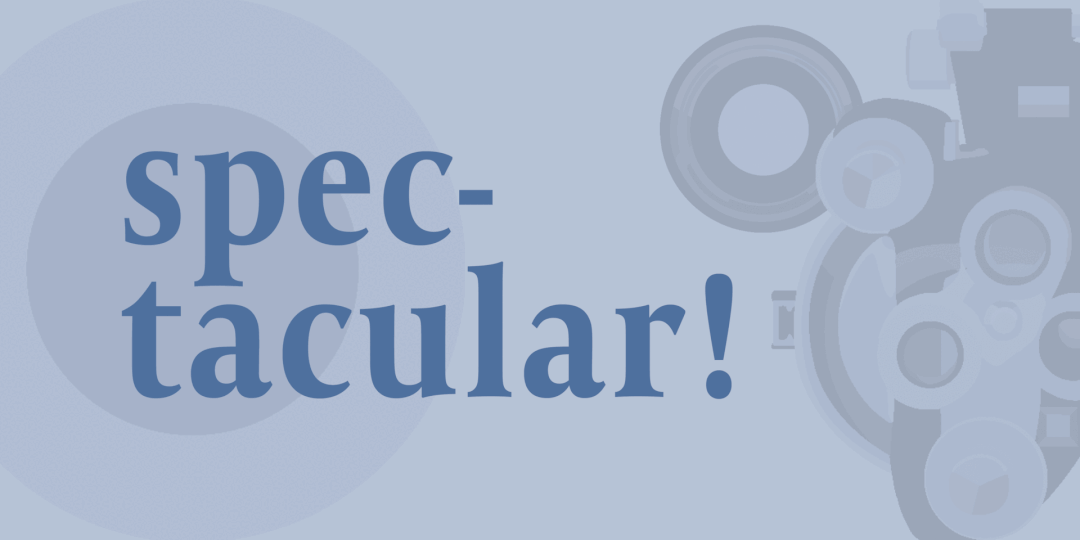


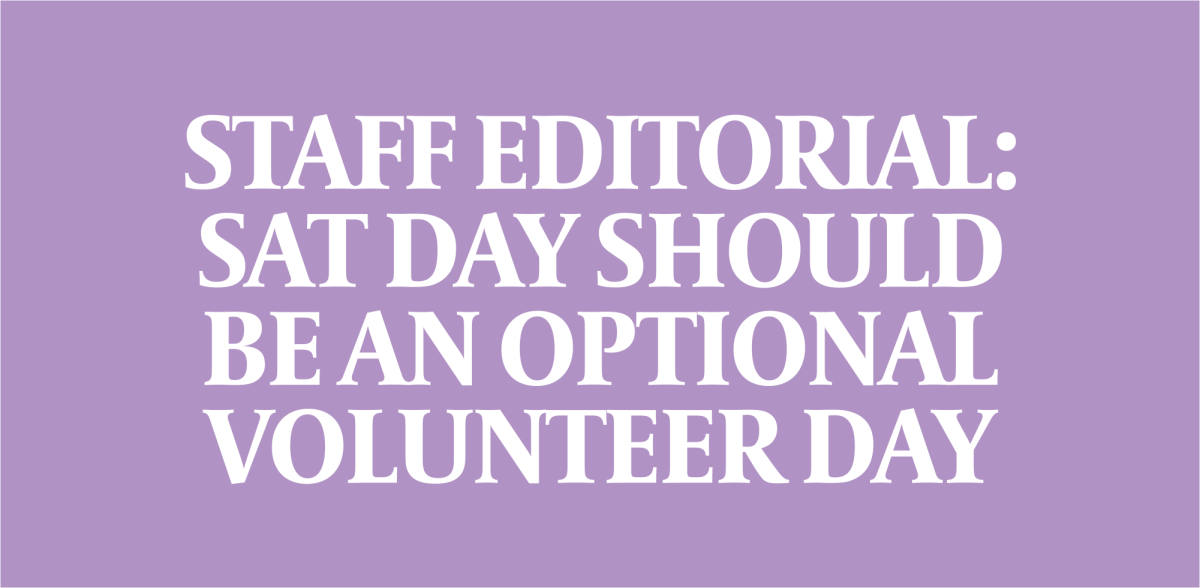


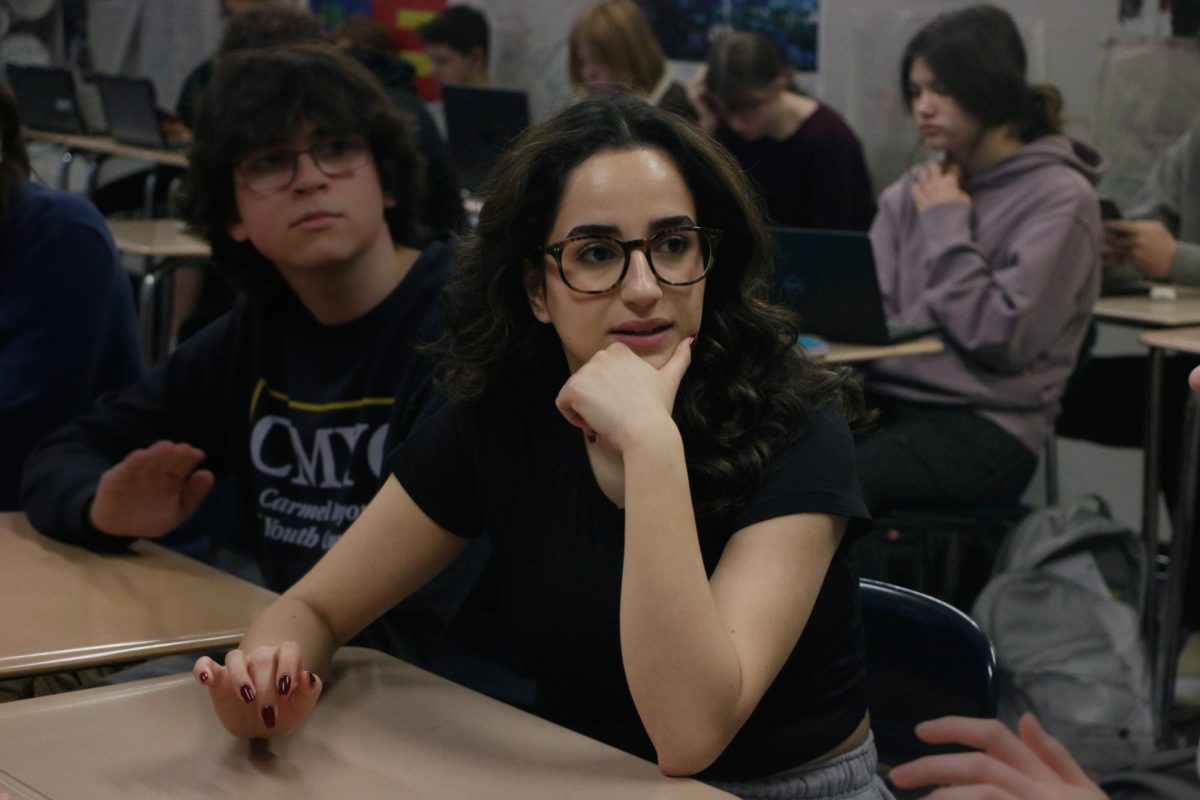
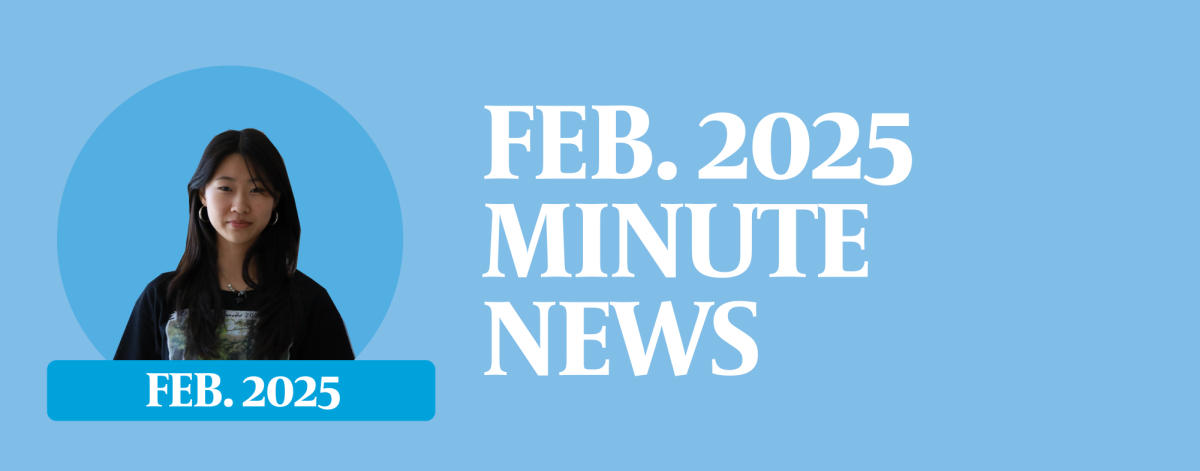
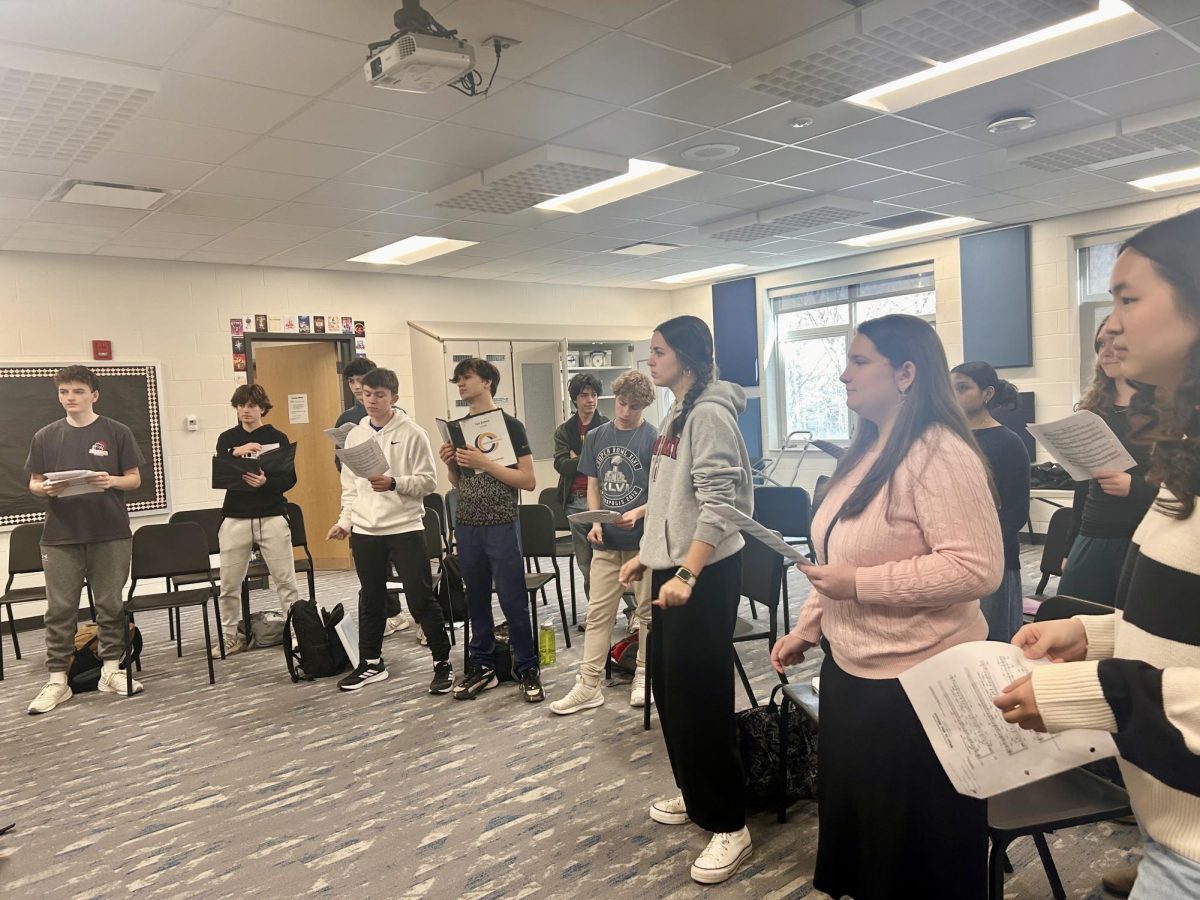

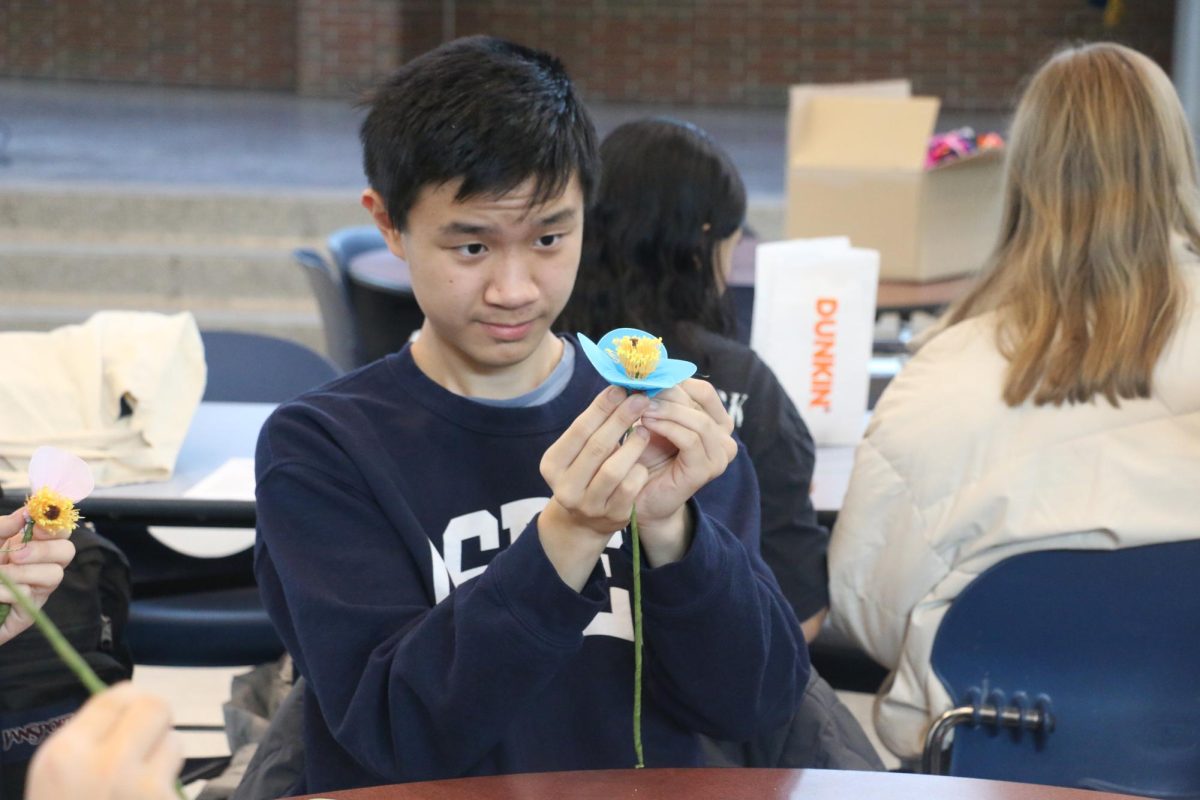

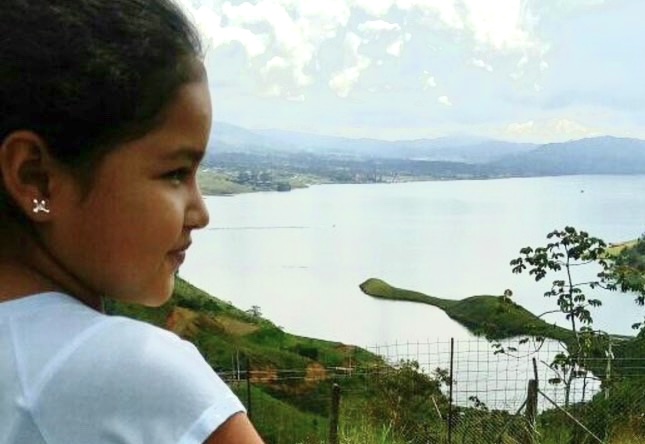
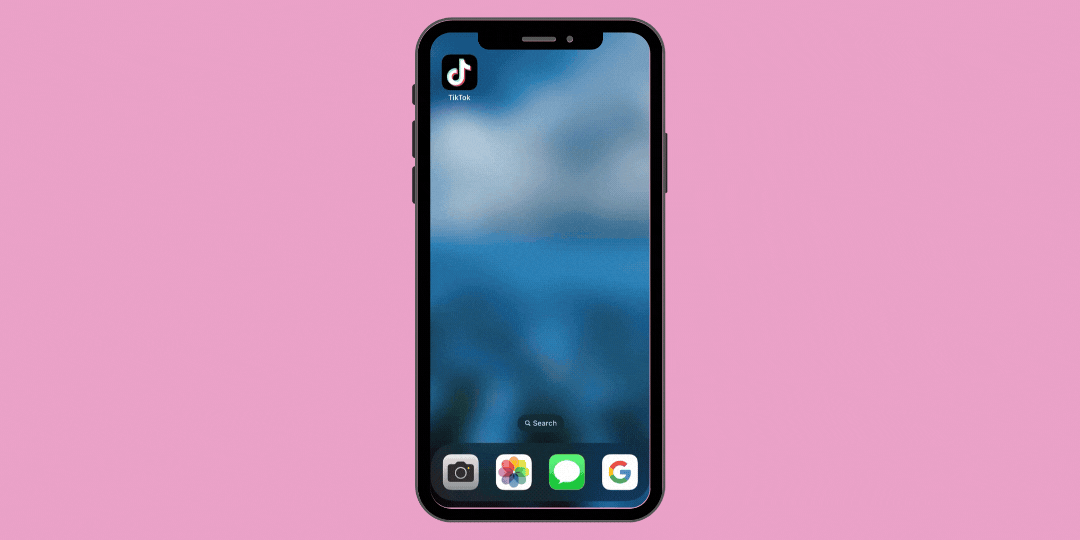
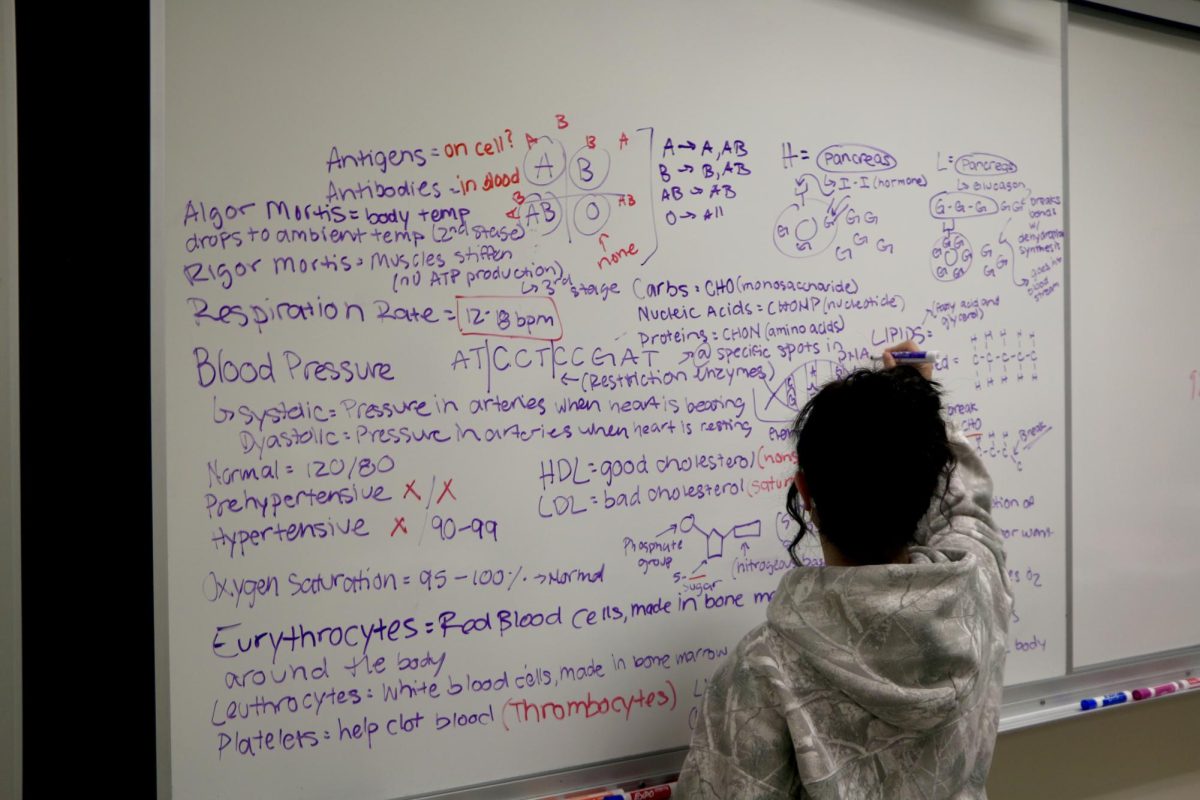
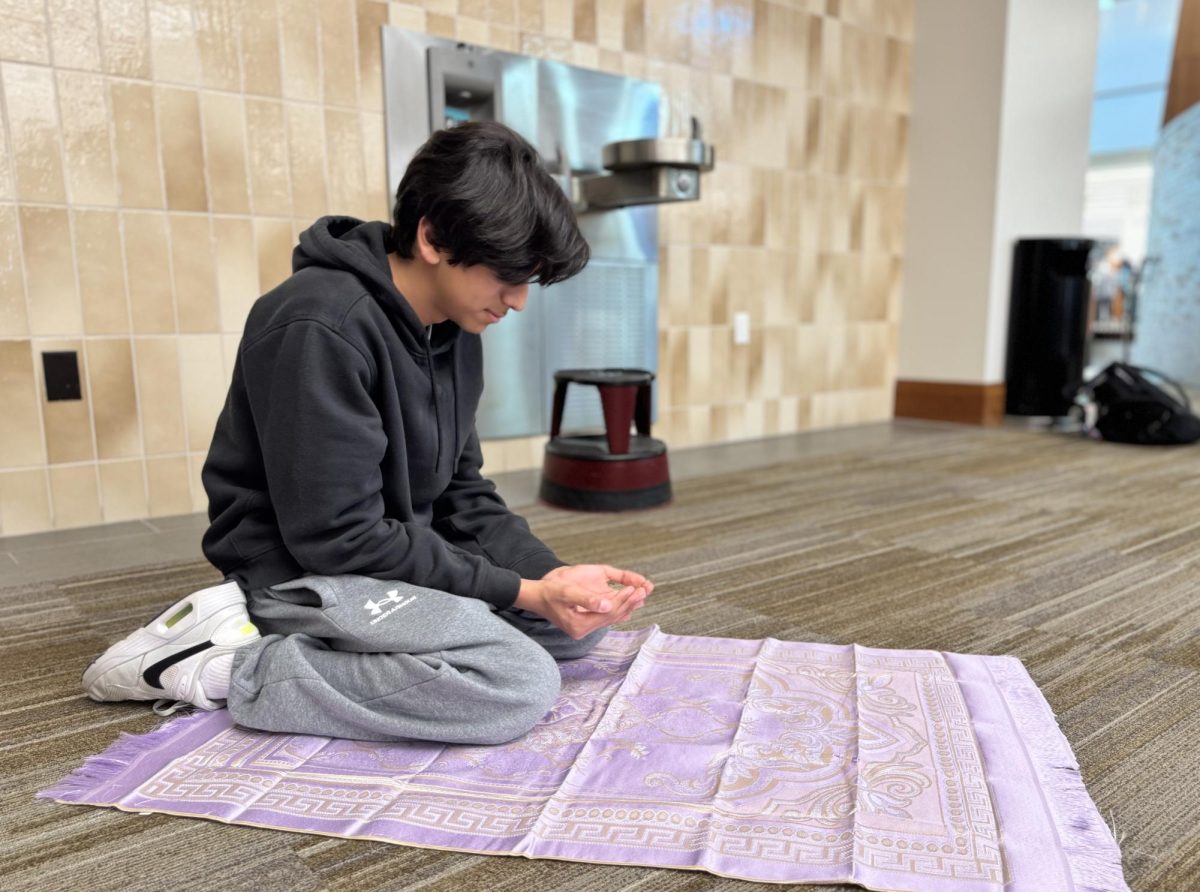

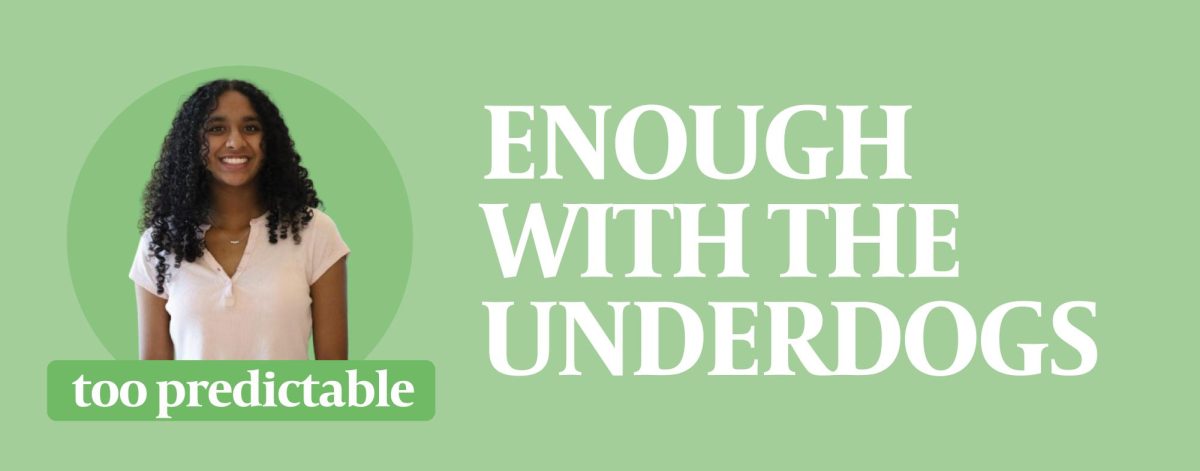

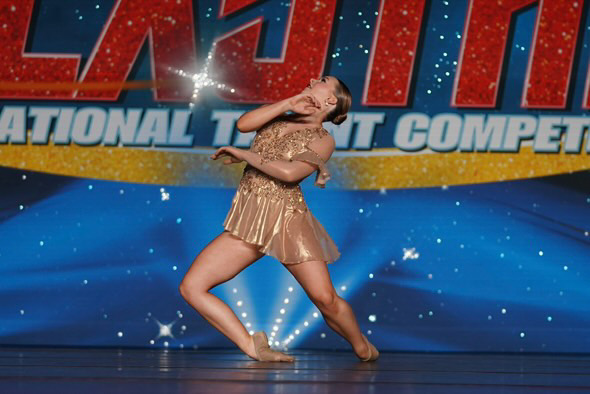

![AI in films like "The Brutalist" is convenient, but shouldn’t take priority [opinion]](https://hilite.org/wp-content/uploads/2025/02/catherine-cover-1200x471.jpg)





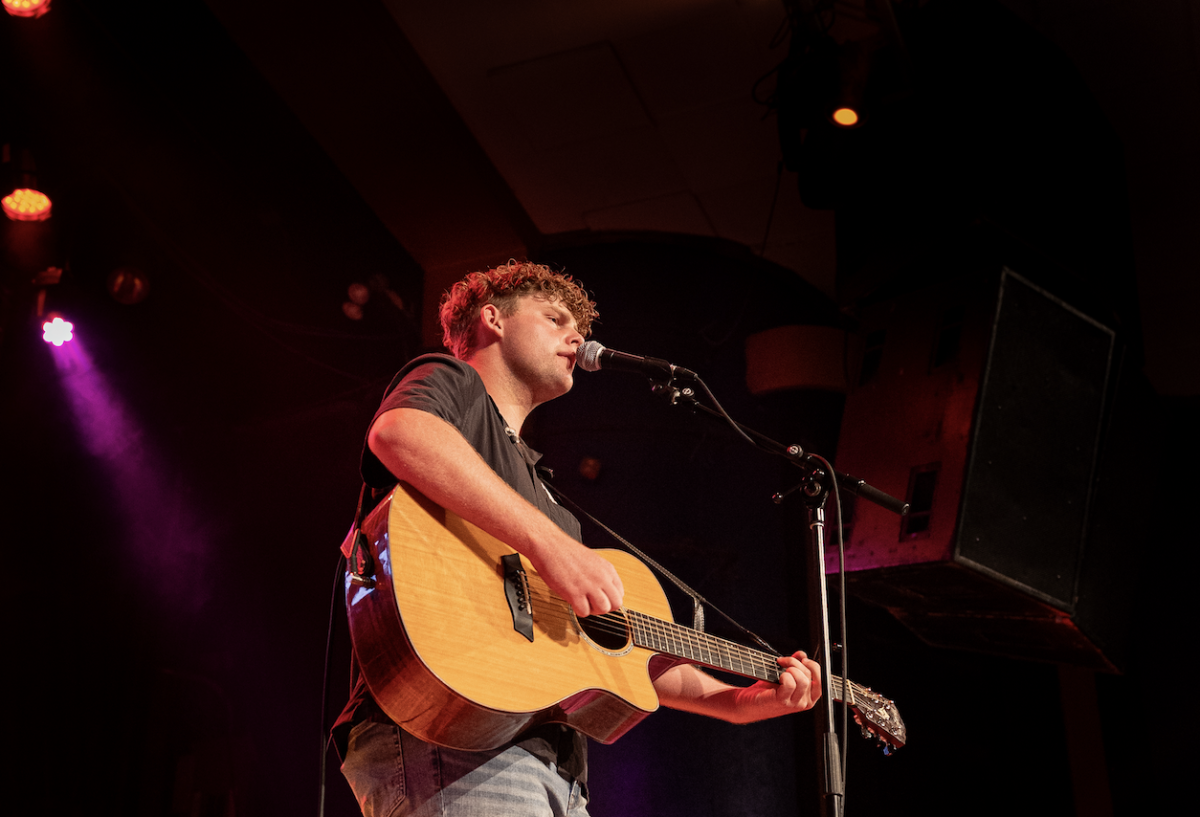








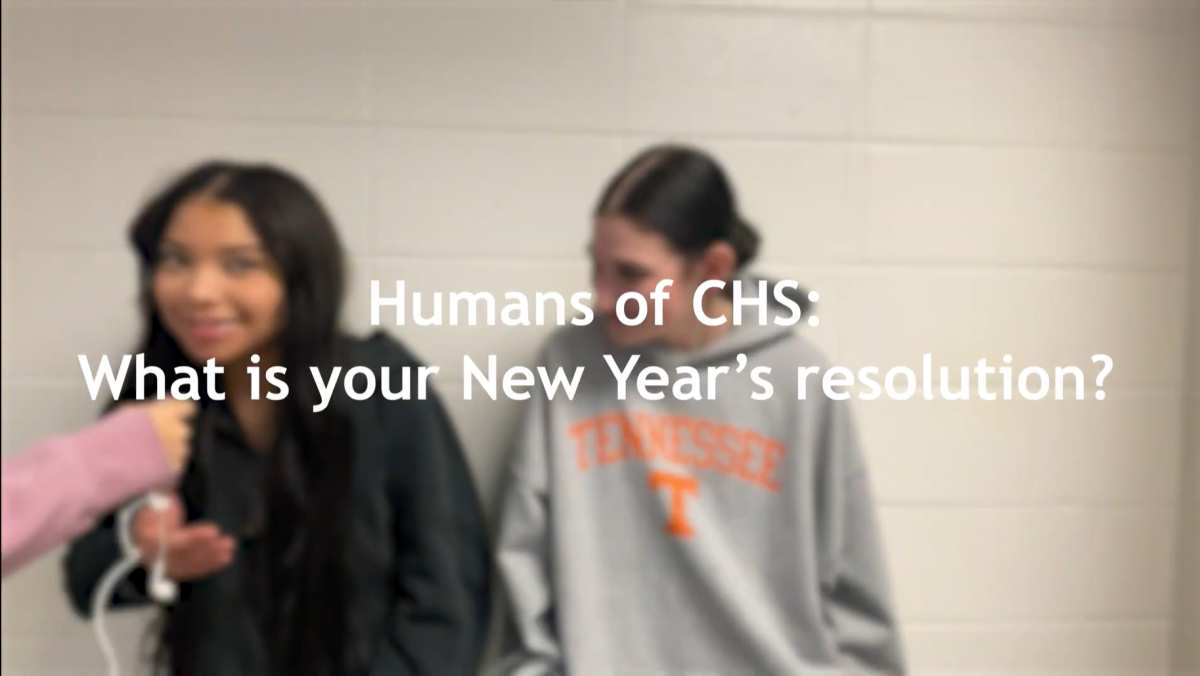




















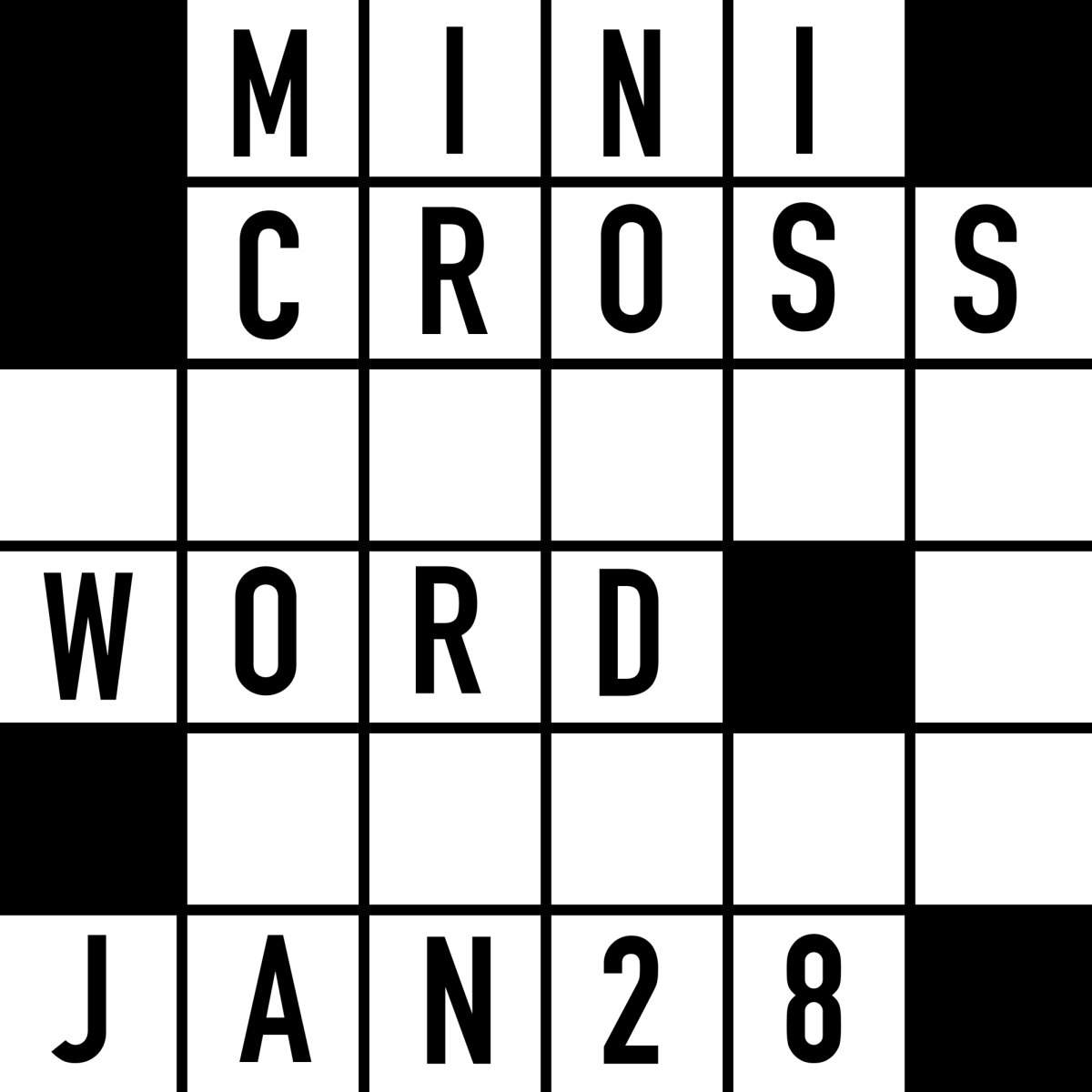









![Review: “The Immortal Soul Salvage Yard:” A criminally underrated poetry collection [MUSE]](https://hilite.org/wp-content/uploads/2025/03/71cju6TvqmL._AC_UF10001000_QL80_.jpg)
![Review: "Dog Man" is Unapologetically Chaotic [MUSE]](https://hilite.org/wp-content/uploads/2025/03/dogman-1200x700.jpg)
![Review: "Ne Zha 2": The WeChat family reunion I didn’t know I needed [MUSE]](https://hilite.org/wp-content/uploads/2025/03/unnamed-4.png)
![Review in Print: Maripaz Villar brings a delightfully unique style to the world of WEBTOON [MUSE]](https://hilite.org/wp-content/uploads/2023/12/maripazcover-1200x960.jpg)
![Review: “The Sword of Kaigen” is a masterpiece [MUSE]](https://hilite.org/wp-content/uploads/2023/11/Screenshot-2023-11-26-201051.png)
![Review: Gateron Oil Kings, great linear switches, okay price [MUSE]](https://hilite.org/wp-content/uploads/2023/11/Screenshot-2023-11-26-200553.png)
![Review: “A Haunting in Venice” is a significant improvement from other Agatha Christie adaptations [MUSE]](https://hilite.org/wp-content/uploads/2023/11/e7ee2938a6d422669771bce6d8088521.jpg)
![Review: A Thanksgiving story from elementary school, still just as interesting [MUSE]](https://hilite.org/wp-content/uploads/2023/11/Screenshot-2023-11-26-195514-987x1200.png)
![Review: "When I Fly Towards You", cute, uplifting youth drama [MUSE]](https://hilite.org/wp-content/uploads/2023/09/When-I-Fly-Towards-You-Chinese-drama.png)
![Postcards from Muse: Hawaii Travel Diary [MUSE]](https://hilite.org/wp-content/uploads/2023/09/My-project-1-1200x1200.jpg)
![Review: "Ladybug & Cat Noir: The Movie," departure from original show [MUSE]](https://hilite.org/wp-content/uploads/2023/09/Ladybug__Cat_Noir_-_The_Movie_poster.jpg)
![Review in Print: "Hidden Love" is the cute, uplifting drama everyone needs [MUSE]](https://hilite.org/wp-content/uploads/2023/09/hiddenlovecover-e1693597208225-1030x1200.png)
![Review in Print: "Heartstopper" is the heartwarming queer romance we all need [MUSE]](https://hilite.org/wp-content/uploads/2023/08/museheartstoppercover-1200x654.png)

